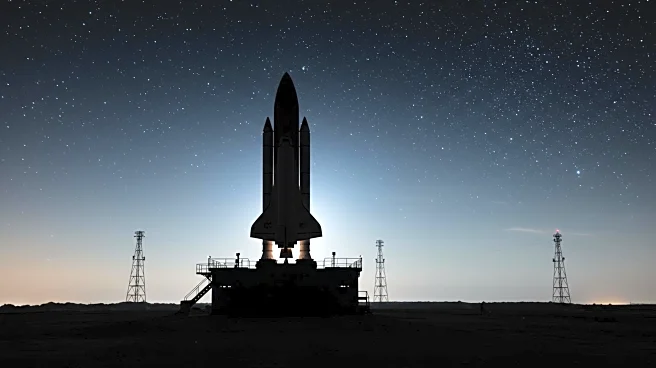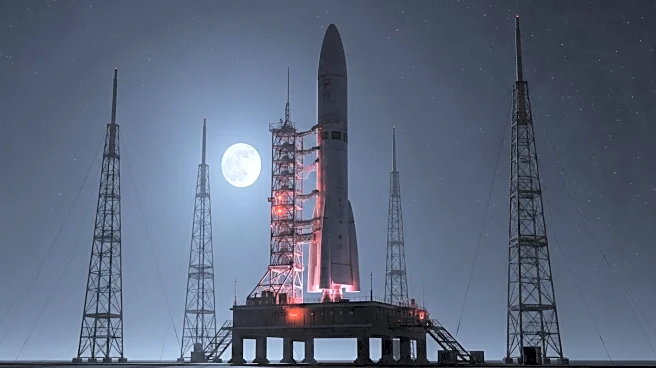Rapid Read • 9 min read
SpaceX has achieved a significant milestone with the successful launch of its Starship megarocket from the Starbase in Texas. The 403-foot-tall rocket, equipped with new heat shield tiles, demonstrated its satellite deployment capabilities. This launch is pivotal for testing the spacecraft's reusable design, which is crucial for SpaceX founder Elon Musk's vision of Mars colonization and supporting NASA's moon missions. The mission follows a series of previous failures and delays due to weather and technical issues. The upper stage of the rocket was tested for its satellite deployment system and successfully splashed down in the Indian Ocean. This event marks a step forward in SpaceX's strategy to enhance the efficiency and frequency of space travel, with plans to launch Starship multiple times a day in the coming years.
AD
The successful launch of SpaceX's Starship represents a major advancement in space exploration technology, with significant implications for both commercial and governmental space missions. By proving the viability of a reusable spacecraft, SpaceX is poised to reduce the costs associated with space travel, potentially making it more accessible. This development is crucial for future Mars colonization efforts and could play a vital role in NASA's upcoming moon missions. The ability to launch multiple times a day could revolutionize the space industry, offering new opportunities for satellite deployment and space tourism. Stakeholders in the aerospace sector, including NASA and private companies, stand to benefit from these advancements, which could lead to increased investment and innovation in space technologies.
Following this successful test, SpaceX is likely to focus on refining the Starship's design and addressing any remaining technical challenges. The company aims to increase the frequency of launches, with the ambitious goal of achieving multiple launches per day. This will require further testing and development to ensure the reliability and safety of the spacecraft. Additionally, SpaceX will continue to collaborate with NASA and other partners to integrate Starship into future missions, including those targeting the moon and Mars. The aerospace community will be closely monitoring these developments, as they could significantly impact the future of space exploration and commercial spaceflight.
The implications of SpaceX's successful Starship launch extend beyond immediate technical achievements. Ethically, the prospect of Mars colonization raises questions about the environmental impact of space travel and the responsibilities of private companies in space exploration. Culturally, the potential for increased space travel could inspire a new generation of scientists and engineers, while also sparking public interest in space exploration. Legally, the expansion of commercial space activities may necessitate new regulations and international agreements to address issues such as space debris and planetary protection.
AD
More Stories You Might Enjoy












